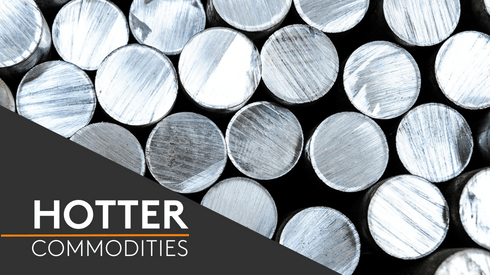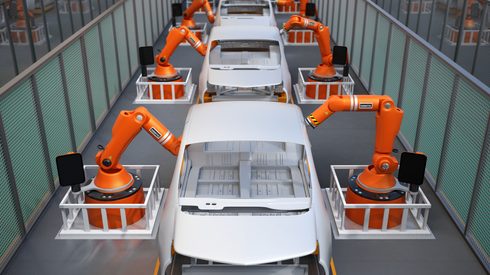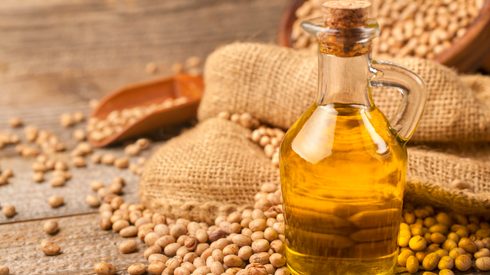In our exclusive interview, Garrett Quinn, chief sustainability officer at Smurfit Kappa, shares his thoughts on sustainability in the forest products industry. From the challenges brought by regulation and virgin-material use to making the whole supply chain more sustainable in the future, watch the video interview or read the summary below to find out more.
In your view, what are the top sustainability challenges we are facing in this industry?
The main challenges for the industry are going to be on the regulatory side. In areas where they are looking to introduce a lot of regulations, like the EU, there is the risk that some of these regulations and laws could overlap or contradict. It is critical for us to watch the space carefully and try to be involved, making sure that the positive place that our industry is in gets reflected in the regulations.
Another thing to be aware of is to not get complacent as an industry. We do have a very sustainable product, so the key lies in ensuring we have a sustainable process in place for making the product. This will enable us to continue to be a green and sustainable solution in everyone else’s eyes, not just within the industry.
Can you tell us more about Smurfit Kappa’s sustainability initiatives?
As a company, I think we have matured quite a lot in recent years in terms of sustainability initiatives. We have always been good at making continuous improvements, but what we are moving onto now is being more mature in terms of innovating and taking chances with controlled trials. From a process perspective, this means you trial it out in one mill and, if it works, you copy and paste it to other mills.
Some of our projects include a world-first trial in using hydrogen in our Saillat paper mill in France, experimenting with geothermals in the Netherlands, trialing heat pump technology in Slovakia and operating a digital twin power technology in Townsend Hook paper mill in the UK. The projects have been Europe-focused, but that is because you tend to get more funding support and collaborative projects with governments.
Equally, we are delighted with our big projects in the Americas. As recent as September last year, we announced a 100-million-dollar investment in a biomass boiler in Colombia, which will reduce our carbon footprint by at least six percent.
All in all, we are continuing to improve year on year and looking around corners to see what might be available and understand how we can apply them to our assets.
What are some of the barriers to sustainable packaging?
I believe cost is a potential barrier to sustainable packaging. In a world with high inflation, a more costly like-for-like packaging solution can be a deterrent. We need to try to look at the total cost to our customers and stakeholders and try to show that it is not just a unit cost comparison.
There is also a potential risk of backlash from those in support of anti-virgin packaging materials. This is typically surrounding anti-virgin plastic, but it could also spread to anti-virgin paper. While the industry knows that sustainably managed forests have a very positive part to play in tackling climate challenges, this is something we need to be close to and make sure that virgin material in the paper industry, as well as recycled material, are seen as sustainable packaging solutions.
How can we make the whole supply chain more sustainable?
The whole supply chain could be made more sustainable by having the whole world operate on the same set of standards for this industry. This is much easier said than done, but that is going to be key.
One of the big risk factors for our industry is the perceived risk of virgin material being produced and deforestation. If we had a global supply chain and value chain that operate on the same set of sustainable forestry and forestry management practices, it would mean that wherever you buy a paper-based product in the world, you can buy with confidence that they have been produced with the same standards. That, for me, would be a wish and would make a huge difference to the industry.
Interested in hearing from other leaders in the pulp, paper, packaging and wood products industry? Join us at Fastmarkets’ Forest Products events to uncover more insights from CEOs and other top executives and enjoy the chance to network with your peers in the industry.






